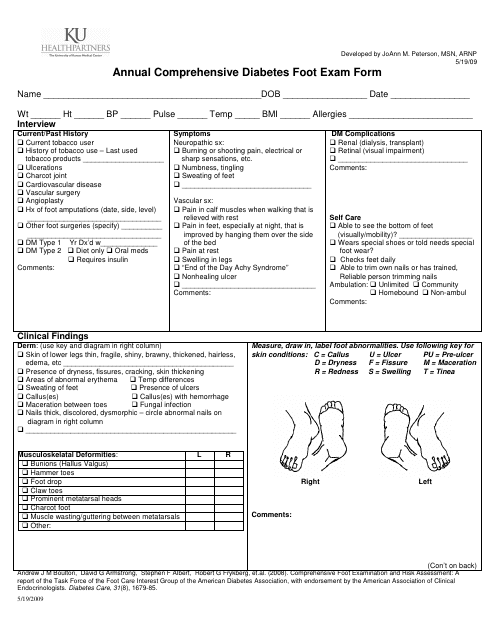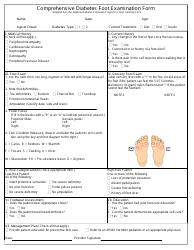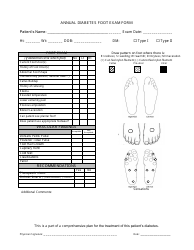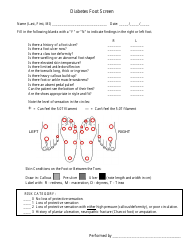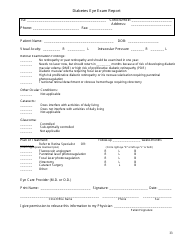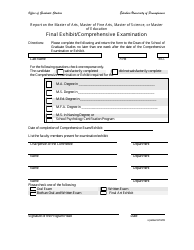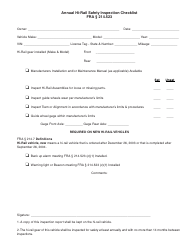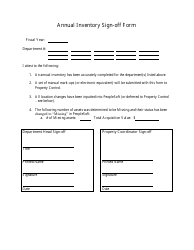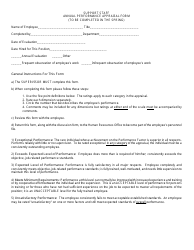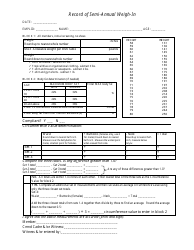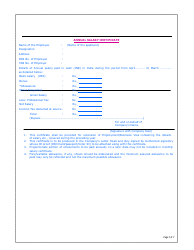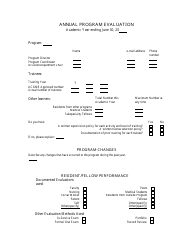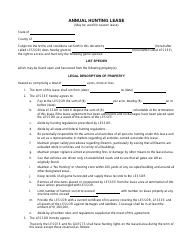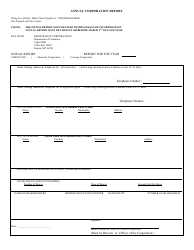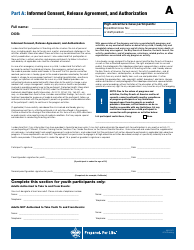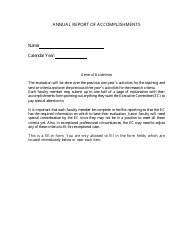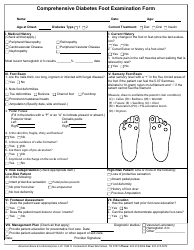Annual Comprehensive Diabetes Foot Exam Form - Ku
The Annual Comprehensive Diabetes Foot Exam Form - Ku is a form used by healthcare providers to document and assess the foot health of patients with diabetes. It helps monitor and identify potential complications related to diabetes in the feet.
FAQ
Q: What is the Annual Comprehensive Diabetes Foot Exam Form?
A: The Annual Comprehensive Diabetes Foot Exam Form is a form used by healthcare providers to assess the foot health of individuals with diabetes.
Q: Why is the Annual Comprehensive Diabetes Foot Exam important?
A: The Annual Comprehensive Diabetes Foot Exam is important because it helps in early identification and management of foot complications in individuals with diabetes. It can help prevent serious problems such as foot ulcers, infections, and amputations.
Q: Who should undergo the Annual Comprehensive Diabetes Foot Exam?
A: Individuals with diabetes, especially those with a higher risk of foot complications, should undergo the Annual Comprehensive Diabetes Foot Exam. This includes individuals with neuropathy, peripheral artery disease, or a history of foot ulcers.
Q: What does the Annual Comprehensive Diabetes Foot Exam involve?
A: The Annual Comprehensive Diabetes Foot Exam involves a thorough assessment of the foot, including a physical examination, evaluation of sensation, assessment of blood flow, and inspection of the skin and nails.
Q: Can the Annual Comprehensive Diabetes Foot Exam be done at home?
A: No, the Annual Comprehensive Diabetes Foot Exam is typically done by a healthcare provider in a clinical setting. They have the necessary tools and expertise to accurately assess foot health and detect any potential issues.
Q: How often should the Annual Comprehensive Diabetes Foot Exam be done?
A: The Annual Comprehensive Diabetes Foot Exam should be done at least once a year for individuals with diabetes. However, more frequent exams may be recommended for those with a higher risk of foot complications.
Q: What should I do if I notice any foot problems?
A: If you notice any foot problems such as sores, cuts, redness, or swelling, it is important to seek medical attention promptly. Contact your healthcare provider or foot specialist for evaluation and treatment.
